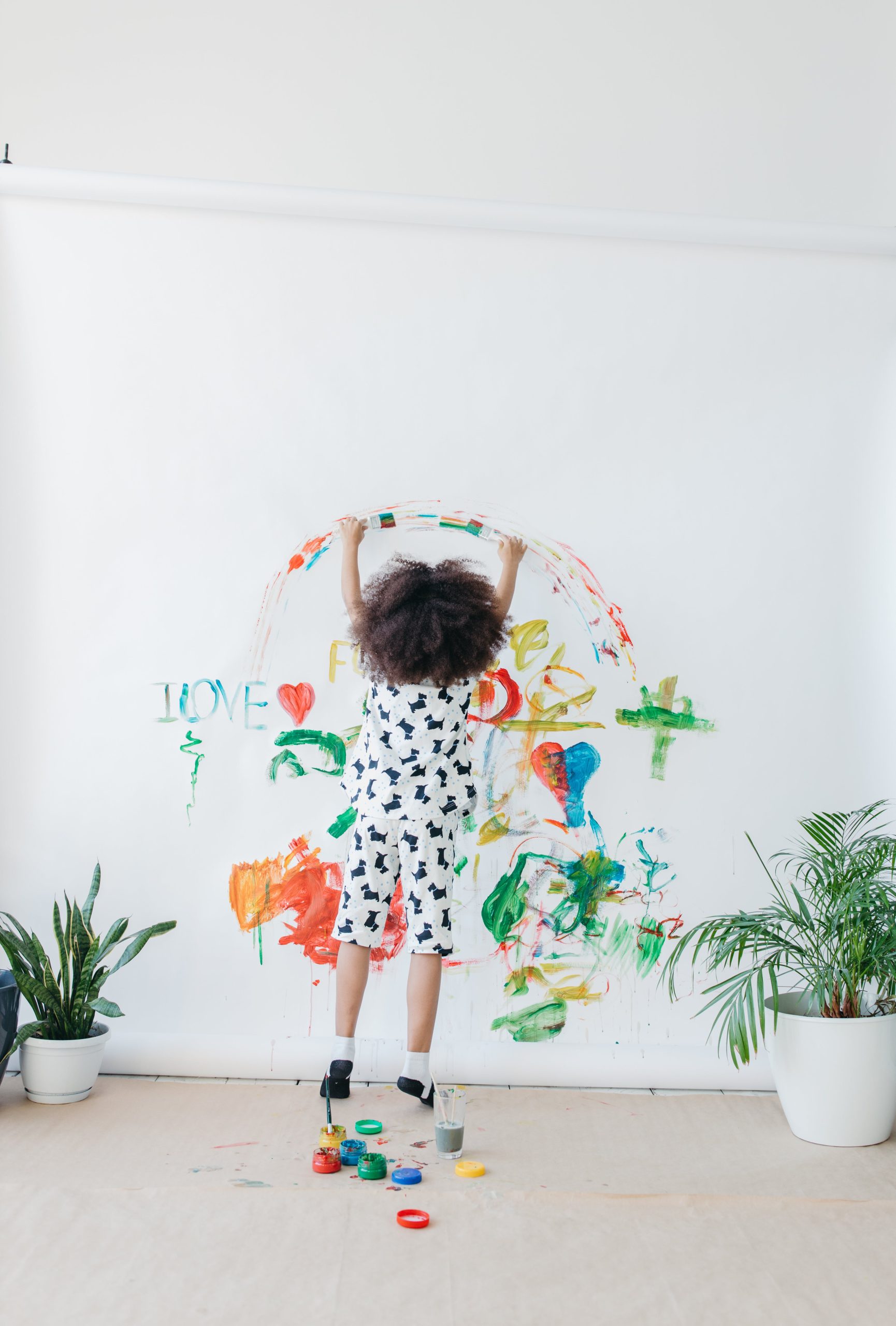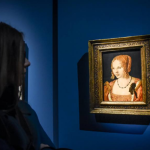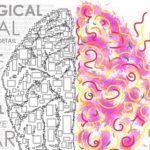Children are inherently enthusiastic. From the minute they gain control over their limbs, they’re eager to interact with their surroundings. with an innate tendency to experiment, observe, and imitate, in their innocent and adorable attempt to understand the world and their place in it. These loose explorations are the building blocks for basic neural pathways and cognitive development in kids.
Dr. Maria Montessori, a well established educator, stated, ” Play is the work of the child” her educational philosophy emphasizes the significant of allowing children to learn via exploration and interaction with their surroundings. Whereas this natural curiosity-driven learning, she believes, is essential for raising autonomous and intelligent individuals. Her philosophy have influenced current educational approach by emphasizing the importance of play and discovery in a child’s cognitive and social development.
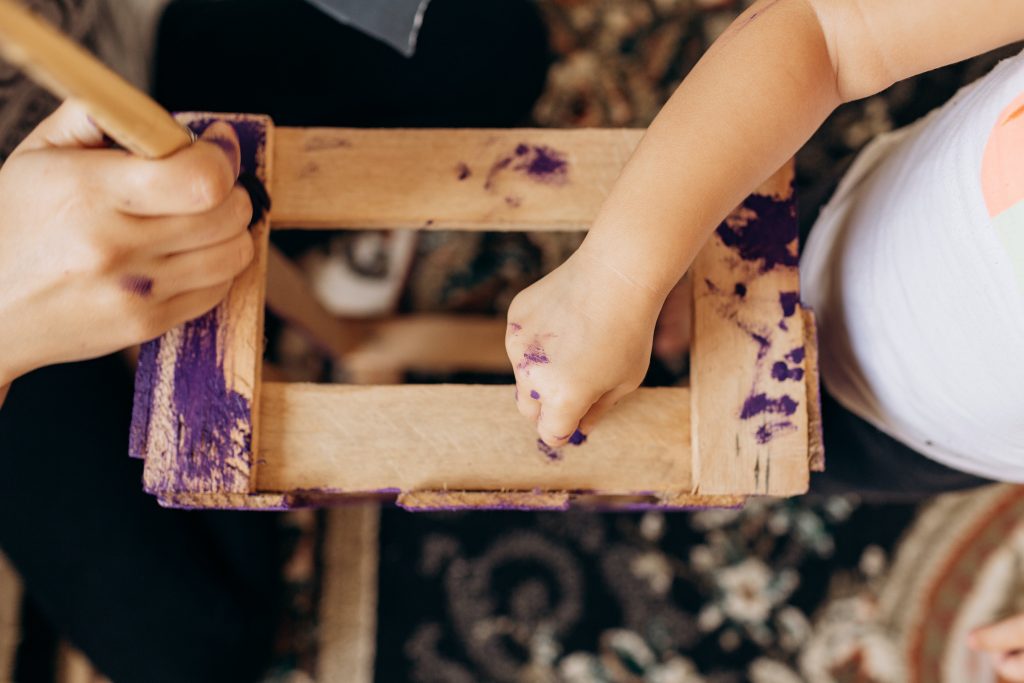
Art and Cognitive Development in Kids
Artful play is a key component in terms of cognitive development in kids, more then a mere avenue for imagination and expression. Children that participate in creative activities begin on a path of exploration and learning. Drawing, diamond painting, and craft are more then leisure joy-deriving activities; they are critical thinking and problem solving exercises. Therefore, these joyful exercises stimulate young brains to make decisions, from selecting colors to envisioning designs, while also developing cognitive faculties such as spatial awareness and visual perception. Art also fosters inventive thinking, aiding youngsters to explore and interpret their surroundings from a creative perspective. This act of making and interacting with art aids in the formation of cerebral pathways necessary for structured thinking skills, such as analysis, synthesis, and assessment.
Furthermore, art is considered as a universal language, through which they can learn basic emotional vocabulary, offering an additional means for internal expression, externalizing thoughts and emotions that verbal language usually fails to convey. In addition, youngsters acquire fine motor skills and hand-eye coordination as they learn to manipulate art materials and tools. Thus, art is more than simple means of enjoyment to past the time; its a critical phase of learning and growth, molding the young mind in divers and profound ways.
Case Studies of Successful Art-Based Learning Programs
- Study 1: The Reggio Emilia Approach:
Originally developed in Italy post-World War 2. Child-centered and project-based approach. Outcome; children that took part in these programs frequently exhibit superior social skills, inventiveness, and problem solving capacities. The program has received international recognition for its liability and efficacy in early childhood education.
- Study 2: The Visual Thinking Strategies (VTS) Program
Originally developed in the USA. Focuses on the use of art to boost critical thinking and communication skills. Outcome; Studies revealed that children’s critical thinking, language sufficiency, and capacity to grasp complicated material increased substantially. VTS is currently utilized in schools and educational institutions all around the world.
- Study 3: The Marquis Studios’ STEAM Program
Originally developed in the USA, New York. Focused on integrating arts with science, technology, engineering, and mathematics. Outcome; according to reports, participants’ involvement and comprehension of STEM courses has increased. the program is notorious in its efficiency in nurturing creativity and problem solving faculties.
- Study 4: The Big Thought Program, Dallas
Originally developed in Dallas, USA. Main focus on integrating art into the broad curriculum. Outcome; Students’ involvement, attendance, and academic achievement have all improved. The initiative has been acknowledged for its positive influence on disadvantaged communities.
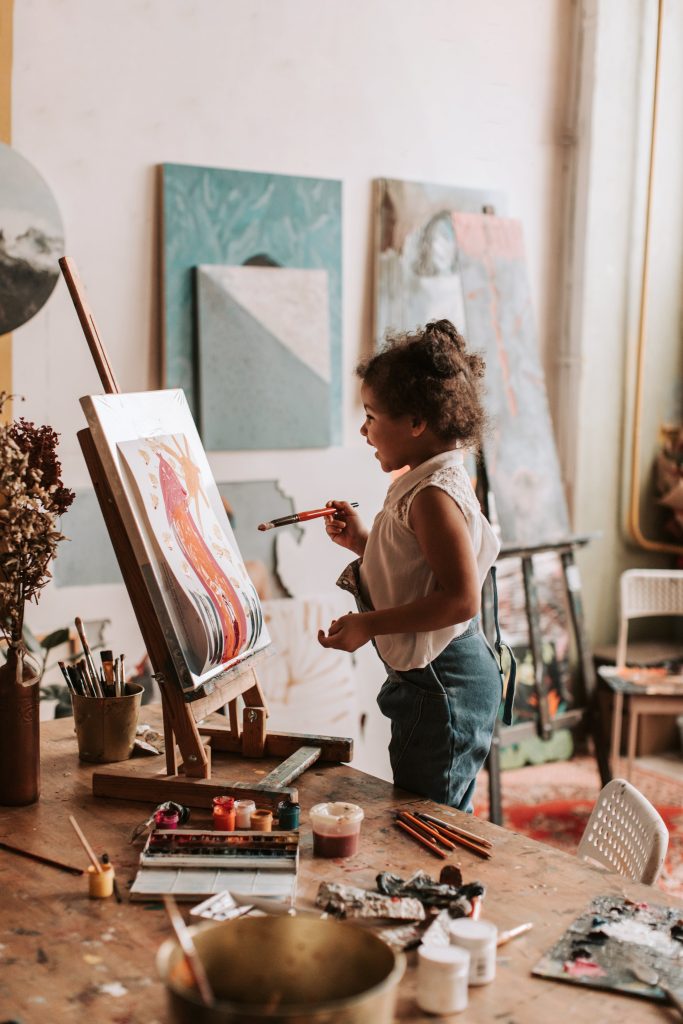
Long-Term Benefits of Art In Early Childhood Education
Beyond the stimulation of faculties such as creativity and imagination. Engaging young minds in art fosters the framework for a verity of cognitive, social, and emotional capacities that will benefit them for the rest of their lives. Furthermore, art also helps children develop emotional intelligence, Thereby, allowing them to express and grasp their novel emotions more effectively. As kids engage in group projects and share their artistic experiences, they get a better grasp of notions such as team work, constructive criticism, communication, and empathy.
Thereby, early childhood art education has been related to improved academic success in later schooling, because it improves the brain ability for learning and adapting. Exposing children to art from an early age is known to foster inventive and deep interest in cultural and historical venues. Lastly, These long term benefits highlights the relevance of art in children’s holistic development.

